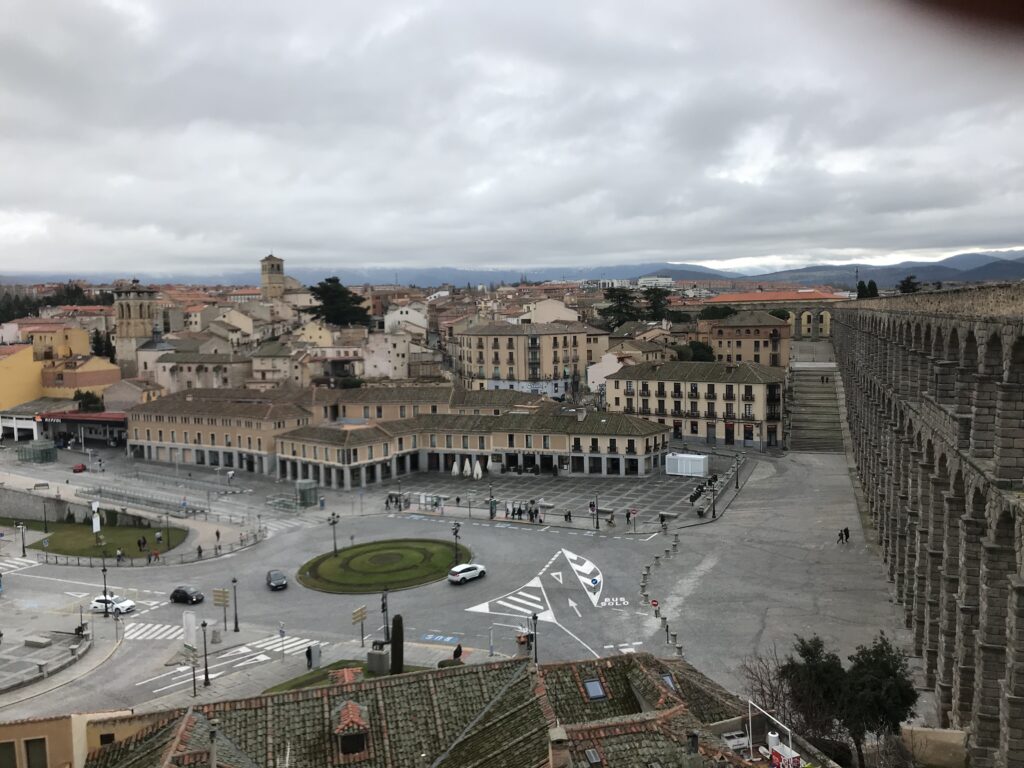
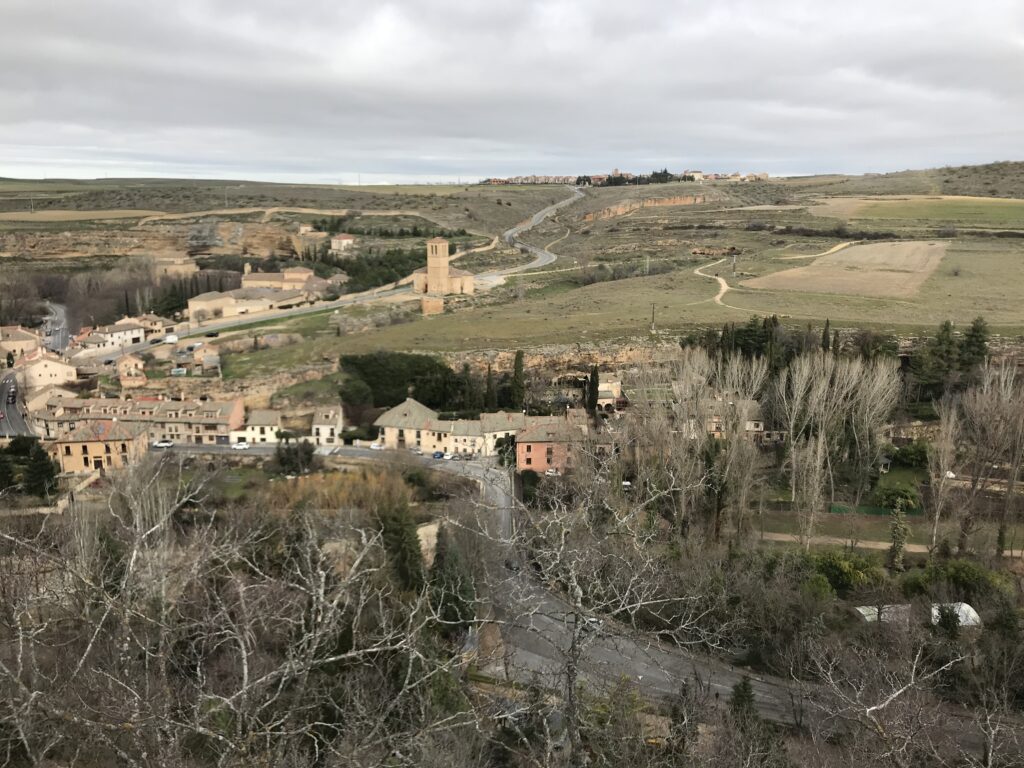
I. Introduction to Spain
- Brief history of Spain
- Overview of Spain’s geography and climate
- Why visit Spain?
II. Traveling to Spain
- Getting to Spain
- Traveling within Spain
- Best times to visit Spain
- Tips for traveling in Spain
III. Exploring Spain’s Regions
- Catalonia
- Madrid and Surrounding Areas
- Andalusia
- Basque Country
- Valencia
- Galicia
IV. Spanish Culture and Traditions
- Flamenco Dancing
- Bullfighting
- Festivals and Celebrations
- Spanish Cuisine
- Wine and Drinks
- Language and Communication
- Sports and Entertainment
V. Top Tourist Attractions in Spain
- Museums and Art Galleries
- Famous Landmarks
- Historical Sites
- National Parks and Nature Reserves
VI. Accommodation Options in Spain
- Hotels
- Resorts
- Hostels and Guesthouses
- Vacation Rentals
VII. Planning Your Trip to Spain
- Budgeting for Your Trip
- Visa Requirements and Entry Regulations
- Safety and Security Tips
- What to Pack for Your Trip
- Useful Phrases in Spanish
VIII. Conclusion
- Recap of why Spain is a must-visit destination
- Final thoughts and recommendations
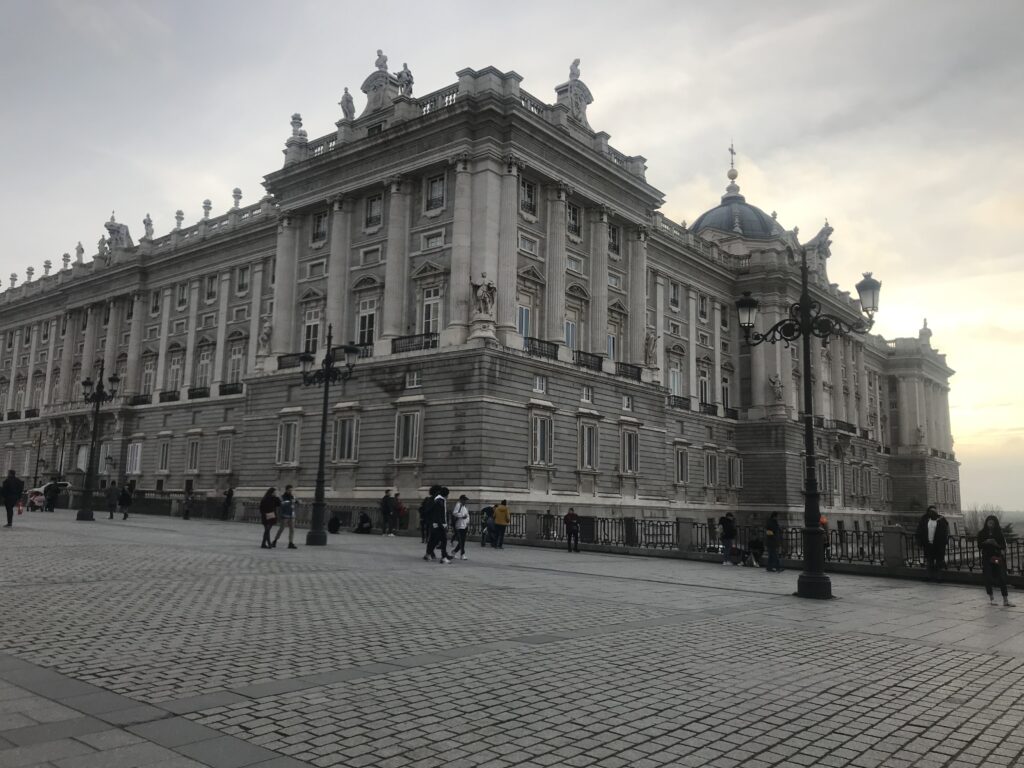
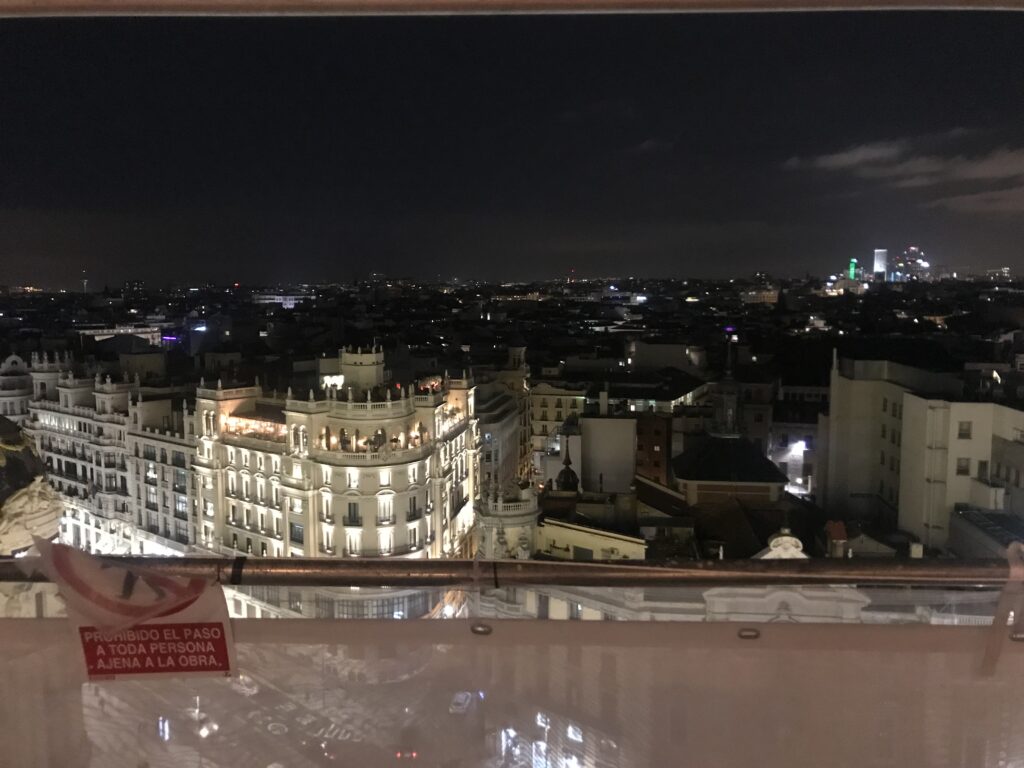
Spain is a vibrant and diverse country with a rich history and culture, making it a popular destination for travelers from around the world. From its stunning architecture to its delicious cuisine and lively festivals, Spain offers something for everyone. In this web content piece, we will explore the various regions of Spain, its culture and traditions, top tourist attractions, accommodation options, and tips for traveling to Spain.
I. Introduction to Spain
Spain is located on the Iberian Peninsula in southwestern Europe and has a rich and complex history dating back thousands of years. From the Roman Empire to the Muslim Moors to the Spanish Inquisition, Spain has been shaped by a variety of cultures and historical events. Today, Spain is a constitutional monarchy with a parliamentary system of government.
Spain’s geography is diverse, with beautiful coastlines, soaring mountains, and fertile plains. Its climate varies depending on the region, with a Mediterranean climate in the south and east, and a maritime climate in the north.
Why visit Spain? Spain is a country that is rich in history, culture, and natural beauty. It is home to world-renowned art, architecture, and cuisine. Whether you’re looking to explore ancient historical sites, enjoy delicious food and wine, or simply relax on beautiful beaches, Spain has something to offer.
II. Traveling to Spain
Getting to Spain: The most popular way to get to Spain is by air, with numerous airlines offering direct flights from major cities around the world. Spain also has an extensive rail system, making it easy to travel within the country.
Traveling within Spain: Spain has an excellent public transportation system, including buses, trains, and subways. Taxis and rental cars are also widely available.
Best times to visit Spain: The best time to visit Spain depends on what you want to do and see. The summer months are the busiest and most crowded, while the shoulder seasons of spring and fall offer milder weather and fewer crowds.
Tips for traveling in Spain: To make the most of your trip to Spain, it’s important to plan ahead, be respectful of local customs, and stay aware of your surroundings. You should also be aware of pickpockets and other scams, particularly in crowded tourist areas.
III. Exploring Spain’s Regions
Catalonia: Catalonia is located in the northeast corner of Spain and is known for its unique culture and architecture, including the works of Antoni Gaudi.
Madrid and Surrounding Areas: Madrid is the capital of Spain and is home to numerous world-class museums and art galleries, including the Prado Museum and the Reina Sofia Museum.
Andalusia: Andalusia is located in the south of Spain and is known for its stunning coastline, beautiful countryside, and vibrant culture.
Basque Country: The Basque Country is located in the northern part of Spain and is known for its unique culture, including its language, Basque.
Valencia: Valencia is located on the east coast of Spain and is known for its delicious cuisine, beautiful beaches, and stunning architecture.
Galicia: Galicia is located in the northwest corner of Spain and is known for its rugged coastline, stunning natural scenery, and delicious seafood.
IV. Spanish Culture and Traditions
Flamenco Dancing: Flamenco is a traditional dance form that originated in Andalusia and is characterized by its emotional intensity and intricate footwork.
Bullfighting: Bullfighting is a controversial tradition in Spain that has been practiced for centuries. It involves a bullfighter facing off against a bull in an arena.
Festivals and Celebrations: Spain is known for its lively festivals and celebrations, including the famous Running of the Bulls in Pamplona and the La Tomatina tomato-throwing festival in Valencia.
Spanish Cuisine: Spanish cuisine is world-renowned for its delicious flavors
and use of fresh, locally-sourced ingredients. Some famous Spanish dishes include paella, tortilla española, gazpacho, and churros with hot chocolate.
Wine and Drinks: Spain is also famous for its wine, with regions like Rioja and Ribera del Duero producing some of the world’s finest wines. Other popular Spanish drinks include sangria, tinto de verano, and cava.
Language and Communication: Spanish is the official language of Spain, although many people also speak regional languages like Catalan, Basque, and Galician. Learning some basic Spanish phrases can help you communicate with locals and enhance your travel experience.
Sports and Entertainment: Spain is home to numerous sports and entertainment options, including soccer, basketball, and bullfighting. It also has a vibrant nightlife scene with numerous bars, clubs, and music venues.
V. Top Tourist Attractions in Spain
Museums and Art Galleries: Spain has a rich artistic and cultural heritage, with numerous world-class museums and art galleries. Some of the most famous include the Prado Museum, the Guggenheim Museum Bilbao, and the Picasso Museum.
Famous Landmarks: Spain is also home to numerous famous landmarks, including the Alhambra in Granada, the Sagrada Familia in Barcelona, and the Royal Palace of Madrid.
Historical Sites: Spain is full of historical sites, including Roman ruins, Moorish palaces, and medieval castles. Some popular historical sites include the Roman aqueduct in Segovia, the Alcazar of Toledo, and the Monastery of San Lorenzo de El Escorial.
National Parks and Nature Reserves: Spain is home to numerous stunning national parks and nature reserves, including the Pyrenees Mountains, the Picos de Europa National Park, and the Doñana National Park.
VI. Accommodation Options in Spain
Hotels: Spain has numerous hotels to choose from, ranging from budget-friendly options to luxury hotels and resorts.
Resorts: Spain is also home to numerous resorts, particularly along the coast, which offer a variety of amenities and activities.
Hostels and Guesthouses: For budget-conscious travelers, hostels and guesthouses are a popular option in Spain. They offer basic accommodation and are a great way to meet other travelers.
Vacation Rentals: Vacation rentals are also becoming increasingly popular in Spain, particularly for families and larger groups.
VII. Planning Your Trip to Spain
Budgeting for Your Trip: Spain can be a relatively affordable destination, particularly outside of the peak summer season. However, it’s important to budget for transportation, accommodation, food, and activities.
Visa Requirements and Entry Regulations: Citizens of many countries, including the US, Canada, and Australia, do not need a visa to enter Spain for stays of up to 90 days. However, it’s important to check the specific entry requirements for your country.
Safety and Security Tips: Spain is generally a safe destination, but it’s important to take common sense precautions like avoiding unlit areas at night and keeping an eye on your belongings.
What to Pack for Your Trip: What you pack for your trip to Spain will depend on the time of year and the activities you plan to do. Generally, lightweight, comfortable clothing and sturdy walking shoes are recommended.
Useful Phrases in Spanish: Learning some basic Spanish phrases can help you communicate with locals and enhance your travel experience.
VIII. Conclusion
Spain is a must-visit destination for anyone interested in history, culture, and natural beauty. With its stunning architecture, delicious cuisine, and vibrant festivals, Spain offers something for everyone. Whether you’re exploring its diverse regions, visiting its famous landmarks, or simply relaxing on its beautiful beaches, Spain is sure to leave a lasting impression.
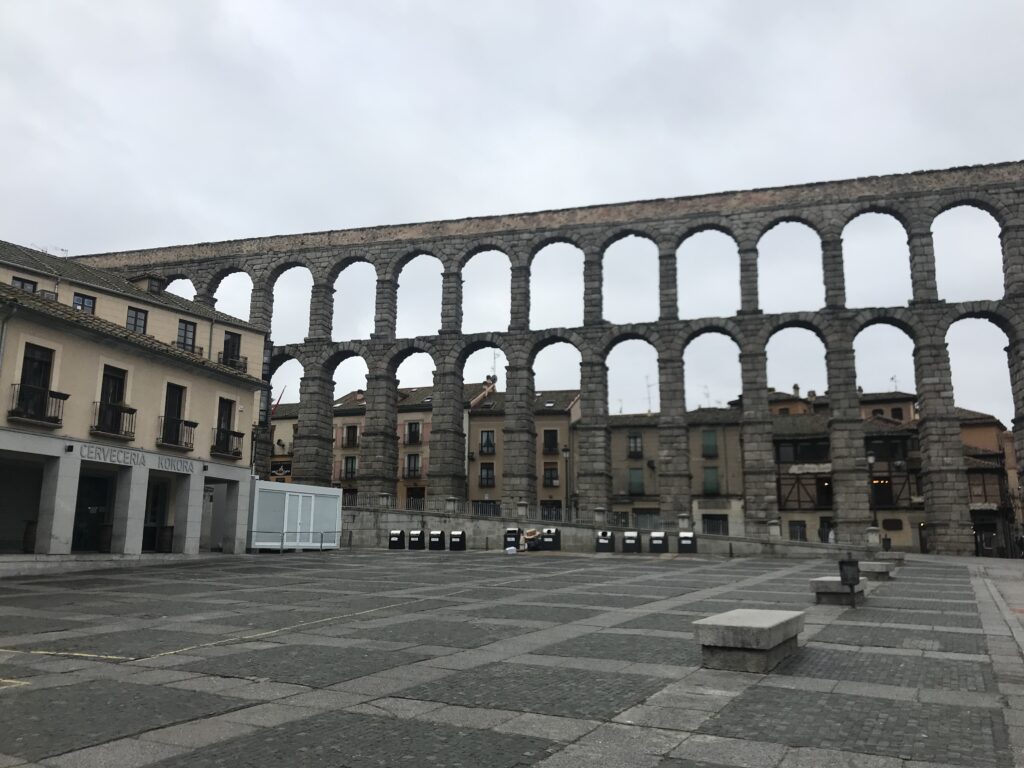
Summaries
This article is a comprehensive guide to traveling to Spain. It covers a wide range of topics, including the history of Spain, the country’s geography and climate, why it’s worth visiting, and the best times to visit. The article then delves into the different regions of Spain, highlighting the unique features of each and what to see and do there. The culture and traditions of Spain are also covered, including flamenco dancing, bullfighting, festivals, and cuisine. The top tourist attractions in Spain, such as museums, art galleries, historical sites, and national parks, are then discussed. Accommodation options, including hotels, resorts, hostels, and vacation rentals, are also covered, as are tips for planning a trip to Spain, including budgeting, visa requirements, safety, and what to pack. The article concludes by summarizing why Spain is a must-visit destination and offering final thoughts and recommendations.
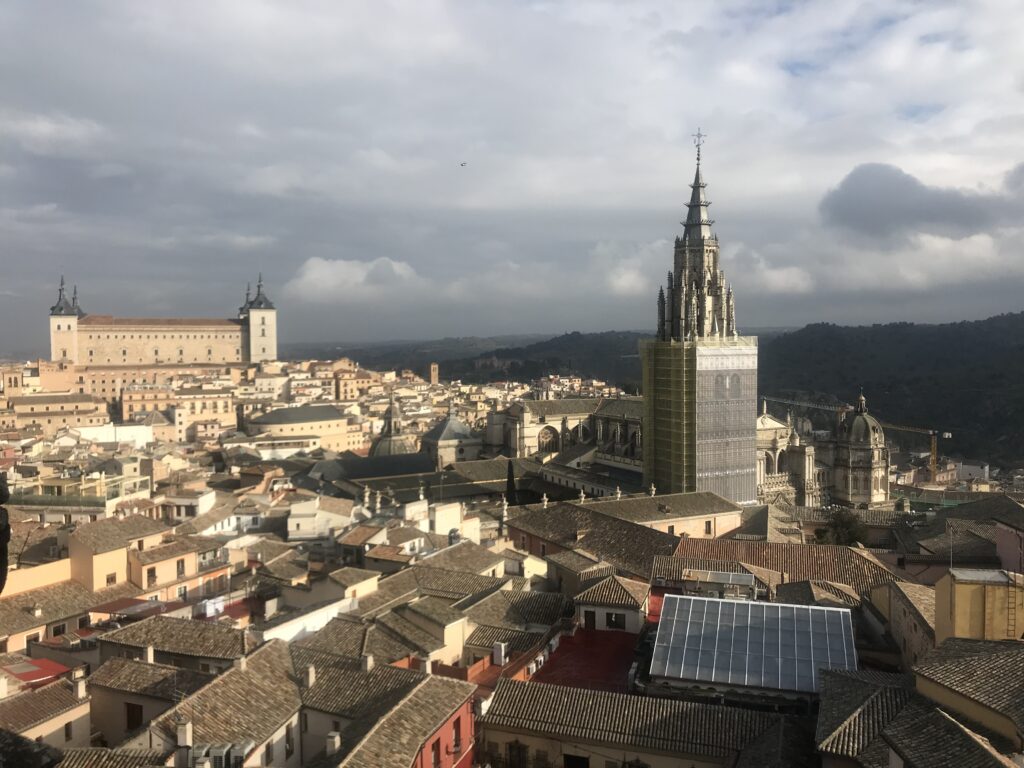
Q & A
Q: What is the best time to visit Spain? A: The best time to visit Spain depends on what you want to do and where you want to go. Generally, the most popular times to visit are during the spring and fall, when the weather is mild and there are fewer crowds. However, if you’re planning a beach vacation, you may want to visit during the summer months.
Q: What are some must-see attractions in Spain? A: Spain has many must-see attractions, including museums and art galleries like the Prado Museum in Madrid, famous landmarks like the Sagrada Familia in Barcelona, and historical sites like the Alhambra in Granada. National parks like the Picos de Europa and the Sierra Nevada are also popular destinations.
Q: What is Spanish cuisine like? A: Spanish cuisine is diverse and varies by region, but some common dishes include paella, tortilla española, and gazpacho. Spain is also known for its tapas culture, where small dishes are shared among a group. Wine is an important part of Spanish cuisine, with regions like Rioja and Ribera del Duero producing high-quality wines.
Q: Do I need a visa to travel to Spain? A: It depends on your country of origin. If you’re from the United States or Canada, you don’t need a visa for stays of up to 90 days. However, if you’re from another country, you may need a visa. Check with the Spanish embassy in your country for more information.
Q: Is it safe to travel to Spain? A: Yes, Spain is generally a safe country to travel to. However, as with any destination, it’s important to take basic safety precautions, such as not carrying too much cash or valuables, being aware of your surroundings, and avoiding dangerous areas at night.
Q: What should I pack for a trip to Spain? A: It depends on the time of year and where you’re going in Spain. Generally, it’s a good idea to pack comfortable shoes for walking, sunscreen, a hat, and clothing that can be layered. If you’re visiting in the summer, you’ll also want to pack swimwear and beach towels.
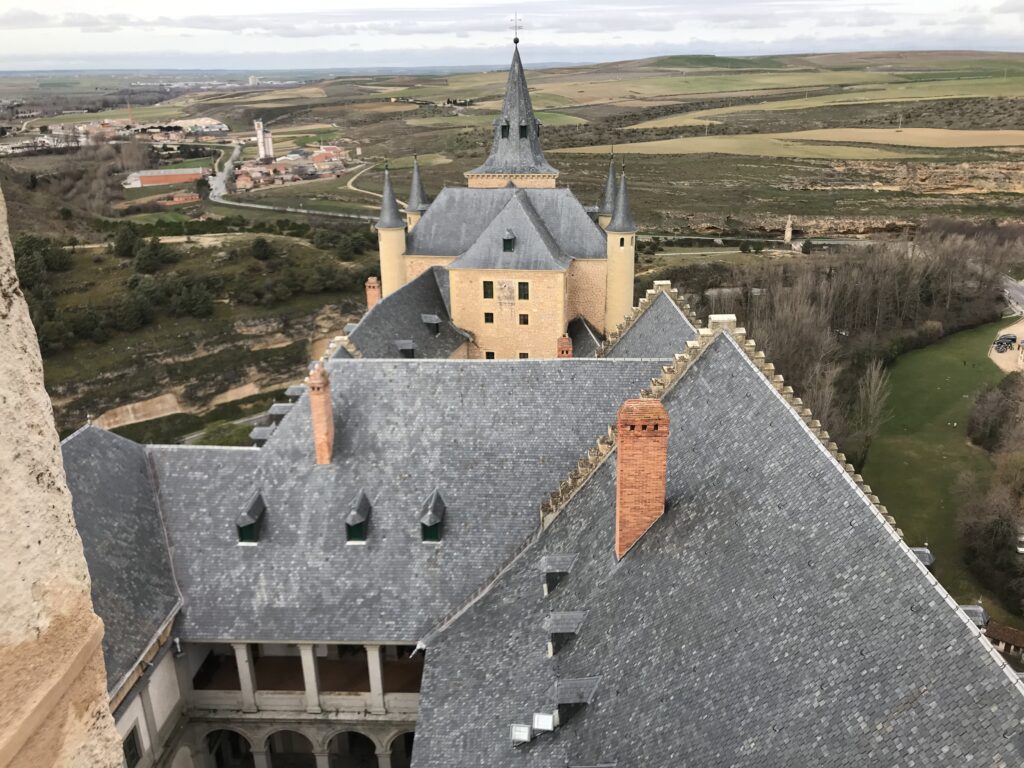
- TripAdvisor – https://www.tripadvisor.com/Tourism-g187427-Spain-Vacations.html
- Lonely Planet – https://www.lonelyplanet.com/spain
- Spain.info – https://www.spain.info/
- Expedia – https://www.expedia.com/Spain.d166.Destination-Travel-Guides
- Booking.com – https://www.booking.com/destination/country/es.html
- Culture Trip – https://theculturetrip.com/europe/spain/
- CNN Travel – https://www.cnn.com/travel/destinations/spain
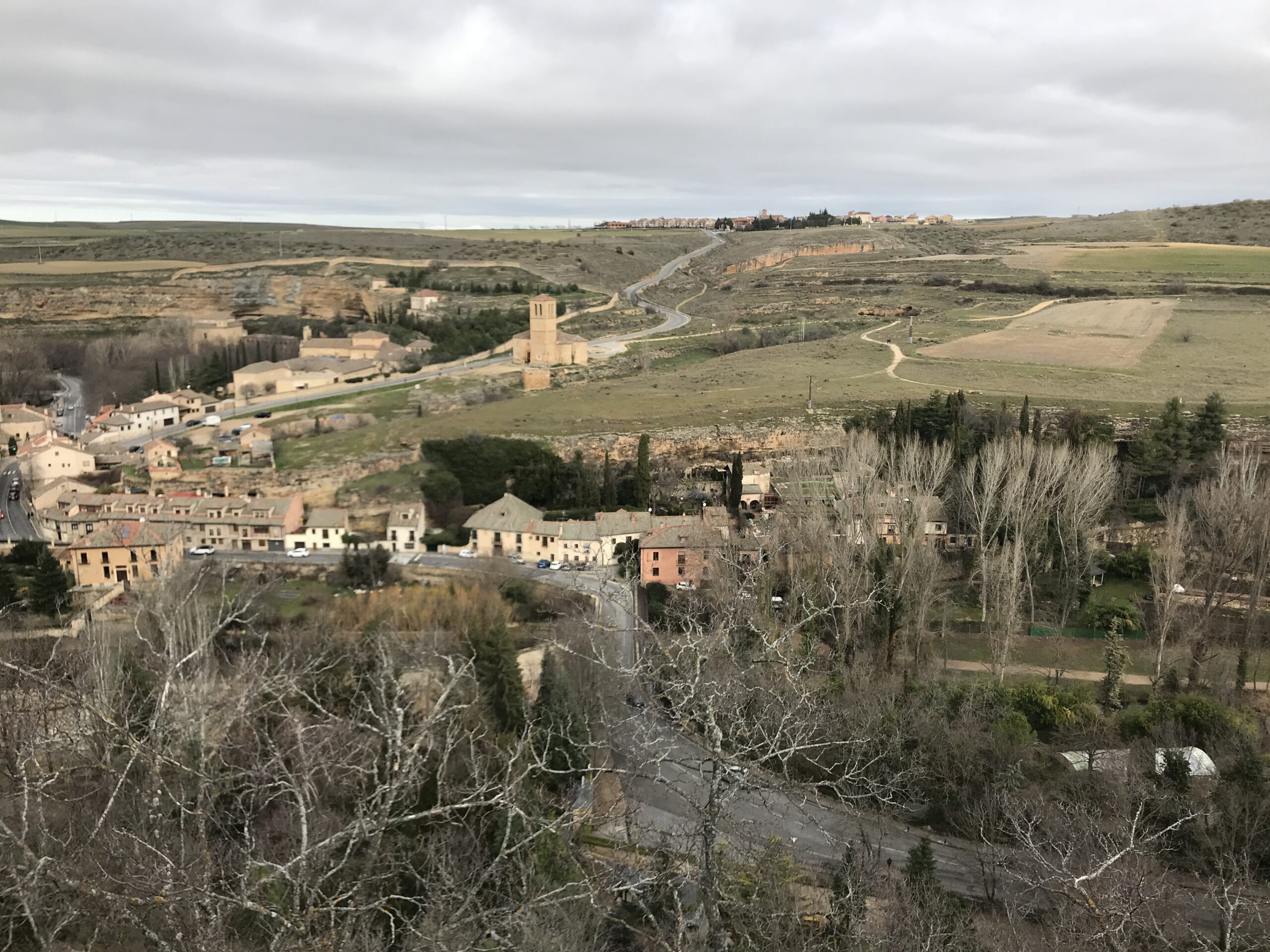


Comments